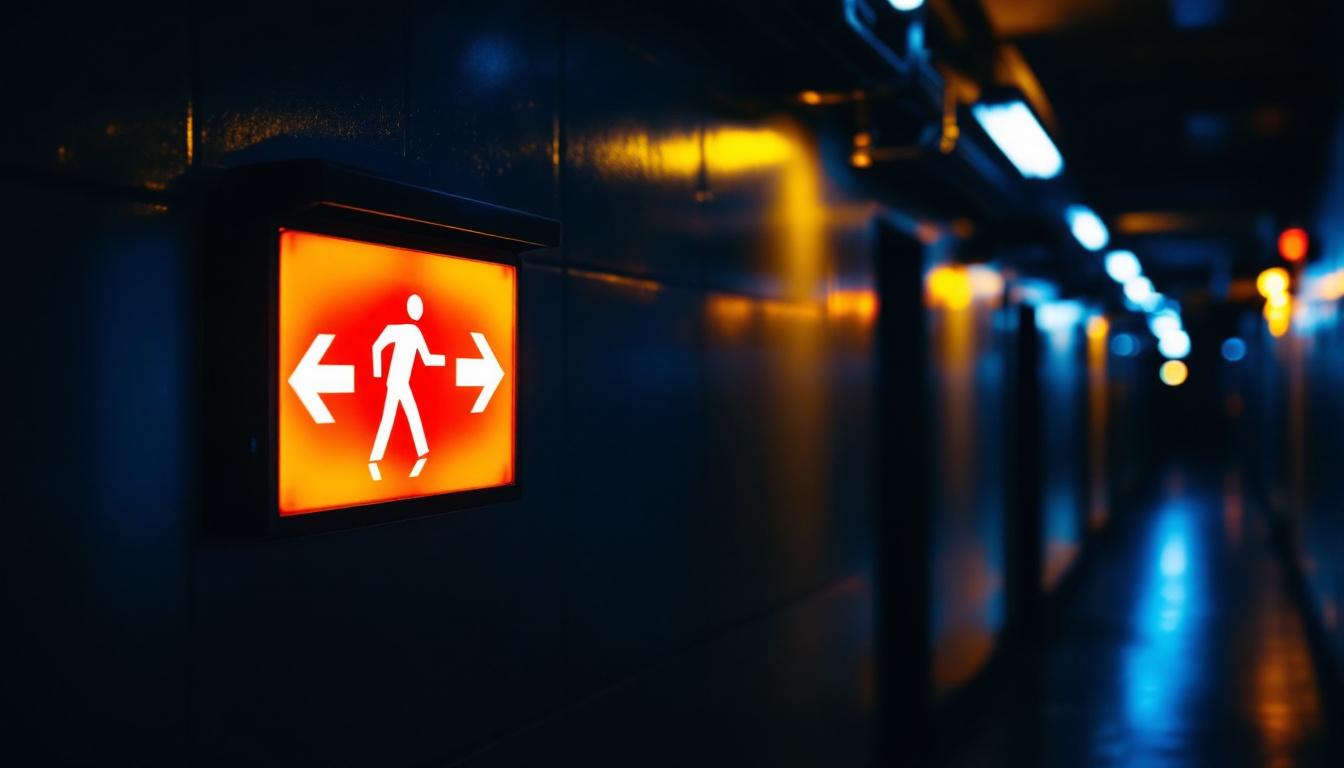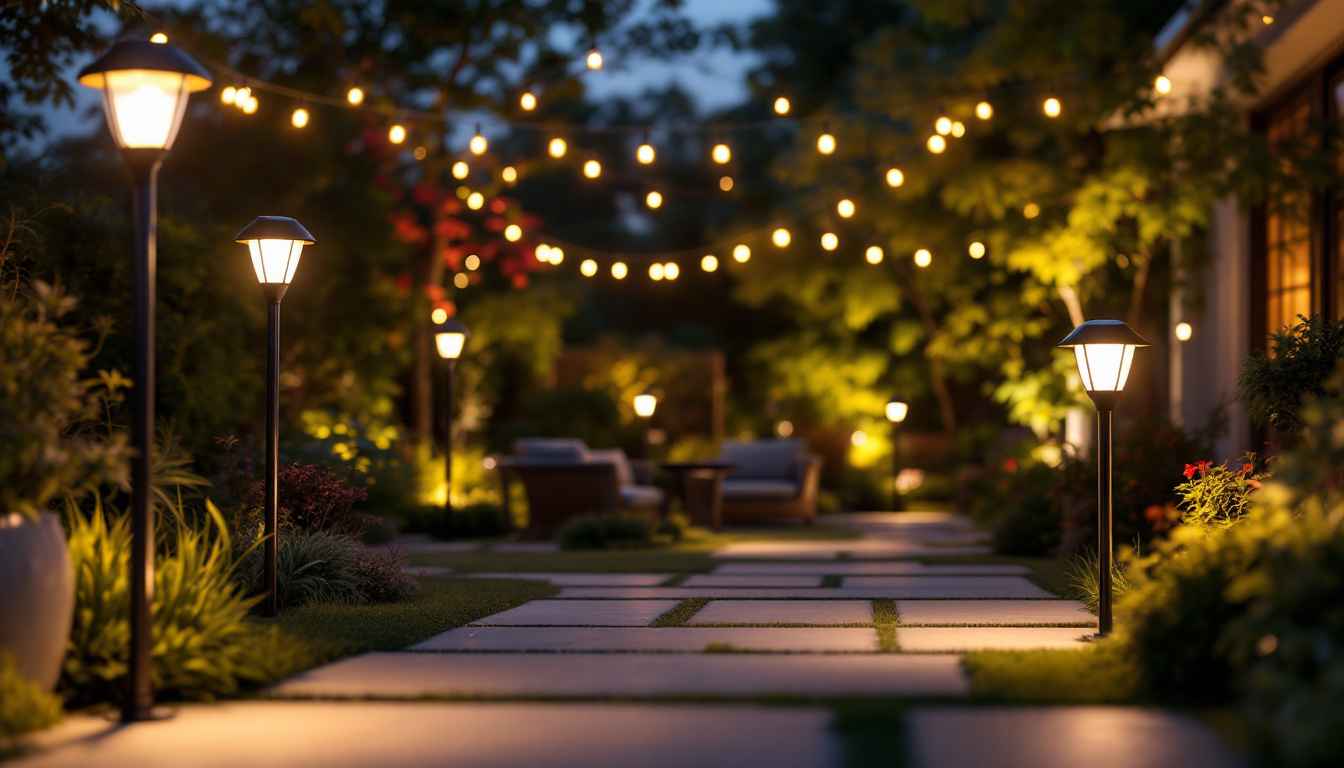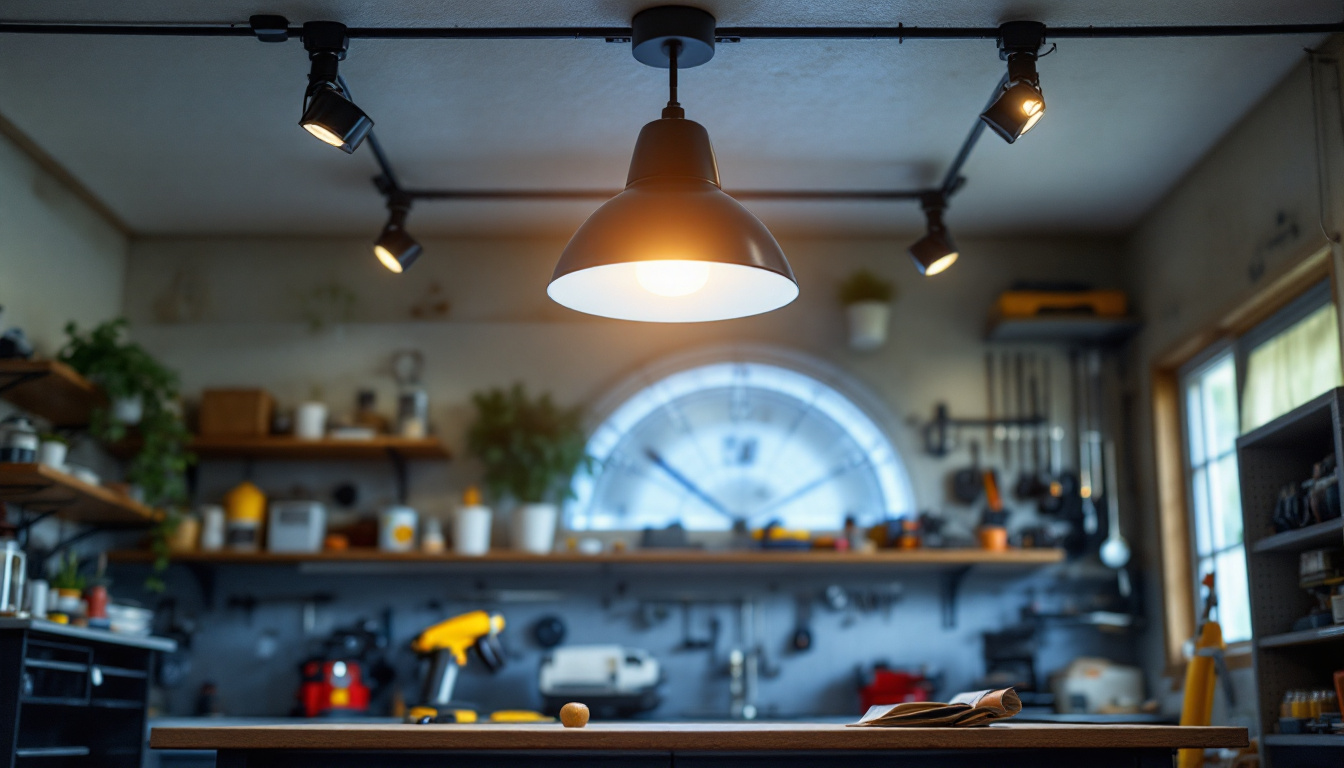
In the world of lighting installation, efficiency and innovation are paramount. A timer for light switches is an excellent solution that not only enhances convenience but also promotes energy savings. For lighting contractors, understanding the various aspects of integrating timers into lighting systems is crucial. This comprehensive checklist will serve as a guide to ensure that every installation is seamless and meets the highest standards.
Before diving into installation, it’s essential to familiarize oneself with the different types of timers available on the market. Each type offers unique features and benefits that can cater to specific client needs.
Mechanical timers are the simplest form of timers, often featuring a dial that can be set to turn lights on and off at predetermined times. They are typically easy to install and operate, making them a popular choice for residential applications. However, their limitations in programming flexibility may not suit every situation. For instance, mechanical timers are generally best for straightforward tasks, such as controlling outdoor lights or basic indoor lighting setups. Their reliability and low cost make them an appealing option for those who prefer a no-frills approach to home automation.
Despite their simplicity, mechanical timers can also be quite durable. Many models are designed to withstand outdoor conditions, making them suitable for garden lights or porch illumination. However, users should be aware that these timers usually require manual adjustments for seasonal changes, such as daylight saving time, which can be a minor inconvenience for some homeowners.
Digital timers offer more advanced features compared to their mechanical counterparts. With programmable settings, these timers can be set to operate on specific days and times, allowing for greater customization. Many digital timers also include features like randomization, which can enhance security by mimicking occupancy when homeowners are away. This feature is particularly useful for those who travel frequently, as it can deter potential intruders by creating the illusion that someone is home.
Moreover, digital timers often come with LCD displays that provide clear visibility of the settings and remaining time. Some models even allow for multiple programs to be set, enabling users to create varied schedules for different days of the week. This flexibility makes them ideal for more complex lighting needs, such as those found in larger homes or commercial spaces. Additionally, many digital timers are designed with energy efficiency in mind, helping users reduce their electricity bills while maintaining a well-lit environment.
As technology evolves, smart timers have emerged as a leading choice for modern lighting systems. These timers can be controlled via smartphone apps or home automation systems, providing unparalleled convenience. They often integrate with other smart devices, allowing for complex programming and energy monitoring, which can be a significant selling point for clients. For example, a smart timer can be programmed to work in tandem with smart sensors, adjusting lighting based on natural light levels or occupancy, thus optimizing energy usage.
Furthermore, many smart timers offer voice control capabilities when paired with virtual assistants like Amazon Alexa or Google Assistant. This feature not only enhances user experience but also adds an extra layer of accessibility for those with mobility challenges. Additionally, smart timers can send notifications to users’ devices, alerting them to any unusual activity, which can be particularly beneficial for maintaining security in both residential and commercial settings. With the rise of smart home technology, investing in smart timers is becoming increasingly essential for those looking to create a fully integrated and efficient living space.
Once the appropriate timer type has been selected, the next step is installation. proper installation is critical to ensure functionality and safety. Here are key factors to consider during the installation process.
Before installation, it is vital to check the electrical compatibility of the timer with the existing wiring and lighting fixtures. Most timers are designed to work with standard voltage systems, but some may require specific configurations. Ensuring compatibility can prevent potential hazards and ensure optimal performance.
The location where the timer will be installed is another critical consideration. Timers should be placed in an accessible area, allowing users to adjust settings easily. Additionally, consider the proximity to light fixtures and the potential for moisture exposure, especially in outdoor settings.
Safety should always be a top priority during installation. Ensure that the power is turned off at the circuit breaker before beginning any work. Using insulated tools and wearing protective gear can help mitigate risks. Furthermore, adhering to local electrical codes and regulations is essential to ensure compliance and safety.
Once the timer is installed, programming it correctly is crucial to maximize its benefits. Each timer model will have its own programming method, but there are general guidelines that can be followed.
For mechanical and digital timers, setting up timings typically involves turning a dial or pressing buttons to select the desired on and off times. For smart timers, the process usually occurs through a mobile app, where users can input specific schedules. It’s important to ensure that the timings align with the client’s lifestyle and preferences.
After programming, testing the timer is essential to ensure it operates as intended. This involves observing the light fixtures to confirm they turn on and off at the scheduled times. If any discrepancies arise, revisiting the programming steps may be necessary to troubleshoot the issue.
Educating clients about the timer’s features and functionalities is crucial for their satisfaction. Providing a brief tutorial on how to adjust settings, especially for digital and smart timers, can empower clients to take full advantage of their new lighting system. Offering printed instructions or digital resources can also enhance their understanding.
Encouraging clients to perform routine checks on their timers can help identify potential issues early. This includes verifying that the timer is functioning correctly, checking for any signs of wear or damage, and ensuring that the settings remain accurate. Regular maintenance can prevent unexpected failures and prolong the timer’s lifespan.
Some common issues that may arise with timers include malfunctioning buttons, incorrect timings, or failure to turn lights on or off. For mechanical timers, dust and debris can often obstruct the dial, while digital timers may require battery replacements. Educating clients on how to address these issues can enhance their experience and reduce service calls.
While many issues can be resolved by clients, there are situations where professional intervention is necessary. If a timer consistently malfunctions, or if there are electrical concerns, it is essential to recommend that clients seek professional assistance. This ensures safety and proper resolution of the issue.
One of the primary advantages of installing timers for light switches is the potential for energy savings. As energy costs continue to rise, promoting energy-efficient solutions can be a significant selling point for lighting contractors.
Timers help reduce energy consumption by ensuring that lights are only on when needed. By programming lights to turn off automatically during the day or when spaces are unoccupied, clients can see a noticeable reduction in their energy bills. This not only benefits the environment but also enhances the client’s overall satisfaction with their lighting system.
Many utility companies offer incentives or rebates for energy-efficient upgrades, including the installation of timers. Informing clients about these potential savings can encourage them to invest in timer installations, making the project more appealing. Lighting contractors can also leverage these incentives as a selling point during consultations.
As sustainability becomes increasingly important to consumers, promoting energy-efficient solutions such as timers can enhance a contractor’s reputation. By positioning themselves as environmentally conscious professionals, contractors can attract a broader client base and foster long-term relationships built on trust and shared values.
Sharing case studies and success stories can be an effective way to demonstrate the benefits of timer installations. These real-world examples can help potential clients visualize the advantages and inspire confidence in the contractor’s expertise.
In a recent residential project, a contractor installed smart timers in a family’s home. The family reported a significant reduction in their monthly energy bills, as the timers allowed them to schedule outdoor lighting to turn off during the day and indoor lights to mimic occupancy while they were away. The family expressed satisfaction with the convenience and energy savings, leading to referrals for the contractor.
Another successful case involved a commercial client looking to enhance energy efficiency in their office building. By installing digital timers in common areas, the contractor helped the client reduce energy consumption by 30%. The client was thrilled with the results and praised the contractor for their professionalism and expertise, resulting in additional projects and ongoing maintenance contracts.
In a community initiative, a contractor partnered with local schools to install timers in classrooms and hallways. This project not only provided energy savings but also educated students about the importance of energy conservation. The positive community impact enhanced the contractor’s reputation and solidified their position as a leader in sustainable lighting solutions.
Incorporating timers into lighting installations is a smart move for contractors looking to enhance their service offerings. By understanding the various types of timers, ensuring proper installation, and educating clients on their benefits, contractors can provide exceptional value. The energy savings, convenience, and sustainability that timers offer can significantly improve client satisfaction and lead to more referrals and repeat business.
As the lighting industry continues to evolve, staying informed about the latest technologies and trends will be essential for contractors. Embracing innovations like timers will not only enhance their service portfolio but also contribute to a more sustainable future. By following this ultimate checklist, lighting contractors can ensure that each installation is a success, ultimately benefiting both their clients and the environment.
Ready to elevate your lighting installations with the efficiency and innovation of timers? Look no further than LumenWholesale for all your lighting needs. We offer an extensive selection of top-quality, spec-grade lighting products, including a variety of timers to suit any project. With unbeatable wholesale prices and the convenience of free shipping on bulk orders, you can trust us to provide the best value without any hidden fees. Don’t compromise on quality or affordability. Visit LumenWholesale today and experience the perfect blend of quality, affordability, and convenience for your next lighting project.

Discover essential tips in our Emergency Exit Lighting: Avoiding Pitfalls guide.

Illuminate your knowledge with our in-depth exploration of solar lights for outdoor use.

Discover why ceiling light fixtures are crucial for garage spaces and how they impact the work of lighting contractors.

Discover how affordable ceiling fans can boost profitability in lighting installations.